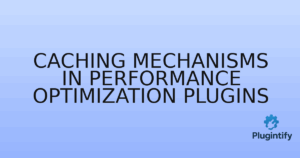🧩 Introduction
Speed has become the new SEO currency. In 2025, lightweight plugins aren’t just a developer’s dream — they’re a necessity for ranking and conversions.
⚡ 1. The Cost of Bloat
Every unnecessary line of code slows down execution. Users today expect lightning-fast sites, and bloated plugins are the #1 cause of performance loss.
🧱 2. Modular Architecture
Write plugins with modular logic — load only what’s needed. Conditional hooks and lazy-loading assets can cut load time by up to 40%.
🧮 3. Minimize External Dependencies
Don’t rely on 10 third-party libraries for simple tasks. Each import increases bundle size and maintenance risk. Keep it clean and native.
🧰 4. Focus on Core Web Vitals
Google now rewards sites with low TTFB and CLS. Efficient plugin code directly improves these metrics, boosting SEO visibility.
🔒 5. Test Before You Ship
Use tools like Query Monitor, Lighthouse, and WP-CLI benchmarks to find slow queries, memory leaks, or redundant scripts.
🚀 Conclusion
Lightweight code is good business.
The next generation of WordPress users will choose speed over features — every single time.




